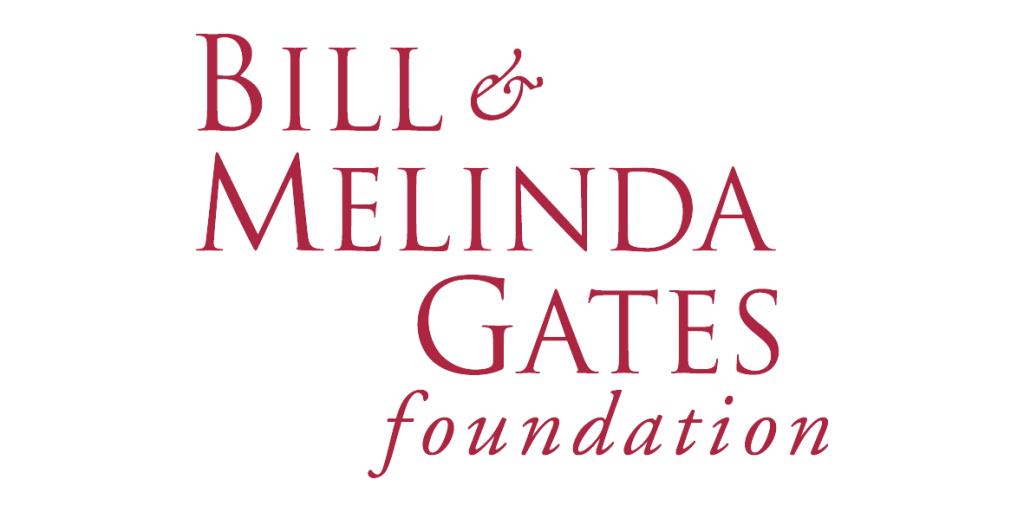By Asmau Ahmad
The Bill and Melinda Gates Foundation have called for urgent action to accelerate the United Nations Sustainable Development Goals (SDGs) and reduce maternal and child mortality.
This was contained in the Bill and Melinda Gates Foundation seventh annual Goalkeepers Report released on Tuesday.
The Goalkeepers Report showed where the world has collectively fallen short at halfway point for achieving the SDGs.
It also shows where innovation and investment could advance progress, particularly in the fight against the global epidemic of maternal and child mortality.
The report, co-authored by foundation Co-chairs, Melinda French-Gates and Bill Gates, highlighted new data that shows the potential of scaling up global access to seven innovations and practices.
It said these address the leading causes of maternal and newborn deaths.
According to the World Health Organisation (WHO), the global maternal mortality rate (MMR) in 2020 was 223 per 100, 000 live births, while achieving a global MMR below 70 by 2030 will require an annual rate of reduction of 11.6 per cent.
“By making new innovations accessible to those who need them most, two million additional lives could be saved by 2030, and 6.4 million lives by 2040.
“That’s two million families spared an unimaginable heartbreak and two million more people who can shape and enrich our world,” the authors said.
The report noted that since 2016, progress in reducing global maternal mortality had stalled, and in some countries, including the United States, death rates had risen steadily.
It said, globally, nearly 800 women die in childbirth every day, acknowledging that deaths of children under five continued to decline since the mid-2010s.
The report explained that the first month of a newborn’s life continued to be the most dangerous, accounting for almost half of all under-five deaths today.
It also said that 74 per cent of child deaths happen during a baby’s first year.
The report acknowledged the global efforts between 2000 and 2015 that significantly improved the health of mothers and babies and the progress stalled since COVID-19 hit.
It explained how the discovery of revolutionary information about maternal and child health in the last 10 years led to low-cost and easy-to-implement innovations and practices.
According to the report, these innovations and practices prevent and treat deadly childbirth complications such as post-partum hemorrhaging, infections, and maternal anemia.
It called for immediate action to help put the world back on track to achieve the global goal of cutting the maternal mortality rate to less than 70 out of 100,000 births and newborn mortality to 12 deaths per 1,000 live births by 2030.
“As is so often the case in global health, innovations aren’t making their way to the people who need them most; women in low-income countries, Blacks and indigenous women in high-income countries like the United States, who are dying at three times the rate of white women. That needs to change.
“We have seen over and over again that when countries actually prioritise and invest in women’s health, they unleash a powerful engine for progress that can reduce poverty, advance gender equality, and build resilient economies.
“Over the past decade, the field of child health has advanced faster and farther than I thought I’d see in my lifetime.
“If our delivery can keep pace with our learning; if researchers can continue developing new innovations and skilled health workers can get them to every mother and child who needs them. Then, more babies will survive those crucial first days,” the report said.
It also said that the life-saving innovations and practices highlighted in the report could be delivered by midwives and birth attendants in communities.
The report listed the innovations as a bundle of interventions that can reduce postpartum hemorrhage, the major cause of maternal death, by 60 per cent for less than one dollar per package.
Bifidobacteria (B. Infantis), a new probiotic supplement that, when given to an infant alongside breastmilk, combats malnutrition—a leading cause of newborn deaths.
Also, Multiple micronutrient supplements (MMS) that boost survival rates for babies by helping replete nutrients stored in pregnant women and ensuring those vital nutrients are transferred to the baby.
Others are one-time infusion of IV iron for women that replenishes iron reserves during pregnancy, protecting against and treating anemia, a condition that is both a cause and effect of postpartum hemorrhage and affects almost 37 per cent of pregnant women.
It also includes antenatal corticosteroids (ACS), which are given to women who will give birth prematurely to accelerate fetal lung growth, providing several weeks of maturation in just a few days.
Also, Azithromycin, which reduces maternal infections during pregnancy and prevents infections from spiraling into sepsis—the cause of 23 per cent of maternal deaths in the United States—and reduces mortality when given to infants in high-mortality settings.




